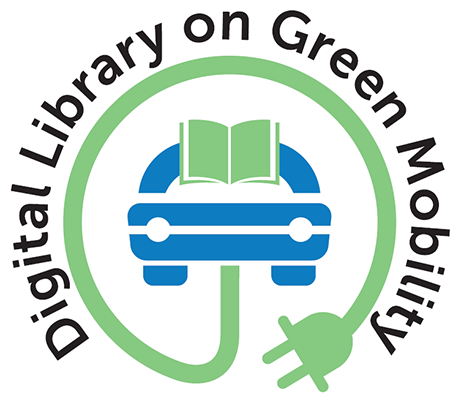Reports
Electric Mobility Paradigm Shift
2018
Author(s): TERI Team (Bhavnani C, Shekhar H, Sharma A), YES BANK
Electric mobility landscape in India is currently at a nascent stage, with significant constraints to be overcome. India require nearly eight times the existing global stock of EVs.
India has a lot to gain by converting its ICE vehicles to EVs at the earliest. Its oil-import bill would considerably reduce. ICE vehicles are a major contributor to pollution in cities and their replacement with EVs will definitely improve air quality.
Fiscal Incentives to Scale up Adoption of Electric Buses in Indian Cities
2019
Author(s): Gadepalli R, Cheriyan C, Kumar S, Singh J, Nandy R
The Faster Adoption and Manufacturing of Electric Vehicles (FAME) scheme launched in the 2015, kick-started the adoption of electric vehicles in India by providing financial incentives for Electric Vehicle (EV) purchase, charging infrastructure deployment and Research and Development (R&D) of electric vehicles.
The future of Mobility in India
2017
Author(s): Dhawan R, Gupta S, Hensley R, Huddar N, Iyer B, Mangaleswaran R
Digitization, increasing automation and new business models have revolutionized other industries, and the automotive industry is on the verge of disruption.
The automotive industry in India, with respect to EV implementation is facing issues including economic downturn to the need to improve emissions performance and urgency to shift to electrification.
India has a vision of 100% electric vehicles by 2030, while around 40-45% EV conversion by 2030 is a realistic expectation. The Indian EV Industry is in its nascent stages with only 2 electric car manufacturers, about 10+ players in 2 Wheelers and 3-4 OEM’s in Electric buses.
Intended Nationally-Determined Contributions (INDCs) Offer Opportunities for Ambitious Action on Transport and Climate Change
2015
Author(s): Gota S, Huizenga C, Peet K, Kaar G
Intended Nationally-Determined Contributions (INDCs) represent a unique opportunity to increase bold mitigation and adaptation measures in transport and other sectors. The major findings of the report revealed that among 133 INDCs representing 160 countries, 77% explicitly identify the transport sector as a mitigation source, and more than 61% of INDCs propose transport sector specific mitigation measures.
Quick Wins on Transport, Sustainable Development and Climate Change
2016
Author(s): Peet K, Huizenga C, Gota S, Major M
The recent adoption of the 2030 Sustainable Development Goals (SDGs) and the signing of the Paris Agreement on climate change have set clearer long-term goals for transport sector.
The transport sector now accounts for about 23% (7.3 Gt) of annual global energy-related CO2 emissions (32 Gt). This is a significant rise over the last few decades, and to achieve a two-degree scenario CO2 emissions from transport would need to decline to 5.7 Gt annually.
Results Framework on Sustainable Transport
2015
Author(s): Sayeg P, Starkey P, Huizenga C, Deutsche Gesellschaft für Internationale Zusammenarbeit (GIZ) GmbH, UN-Habitat
The Results Framework on Sustainable Transport describes the potential contribution of sustainable land-based transport to the realisation of the post‐2015 Development Agenda and associated Sustainable Development Goals (SDGs).



